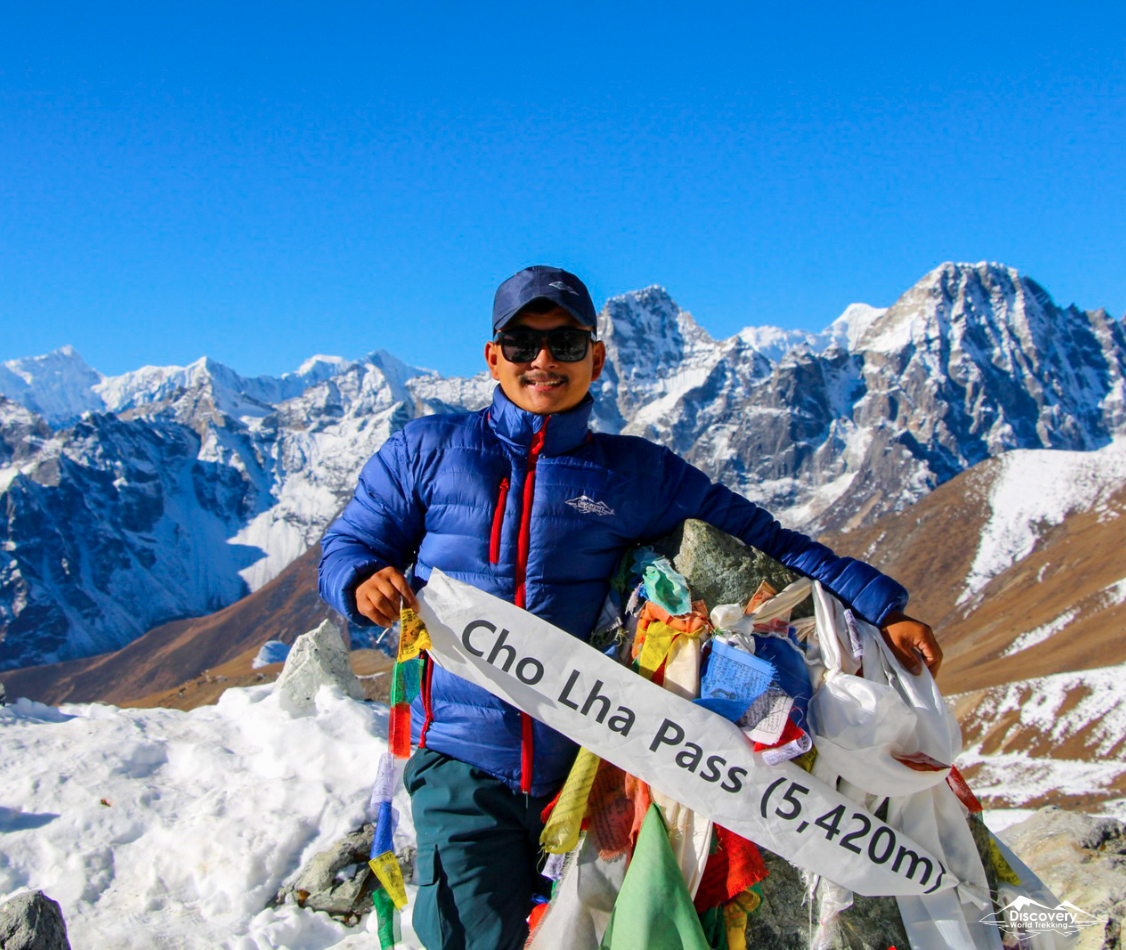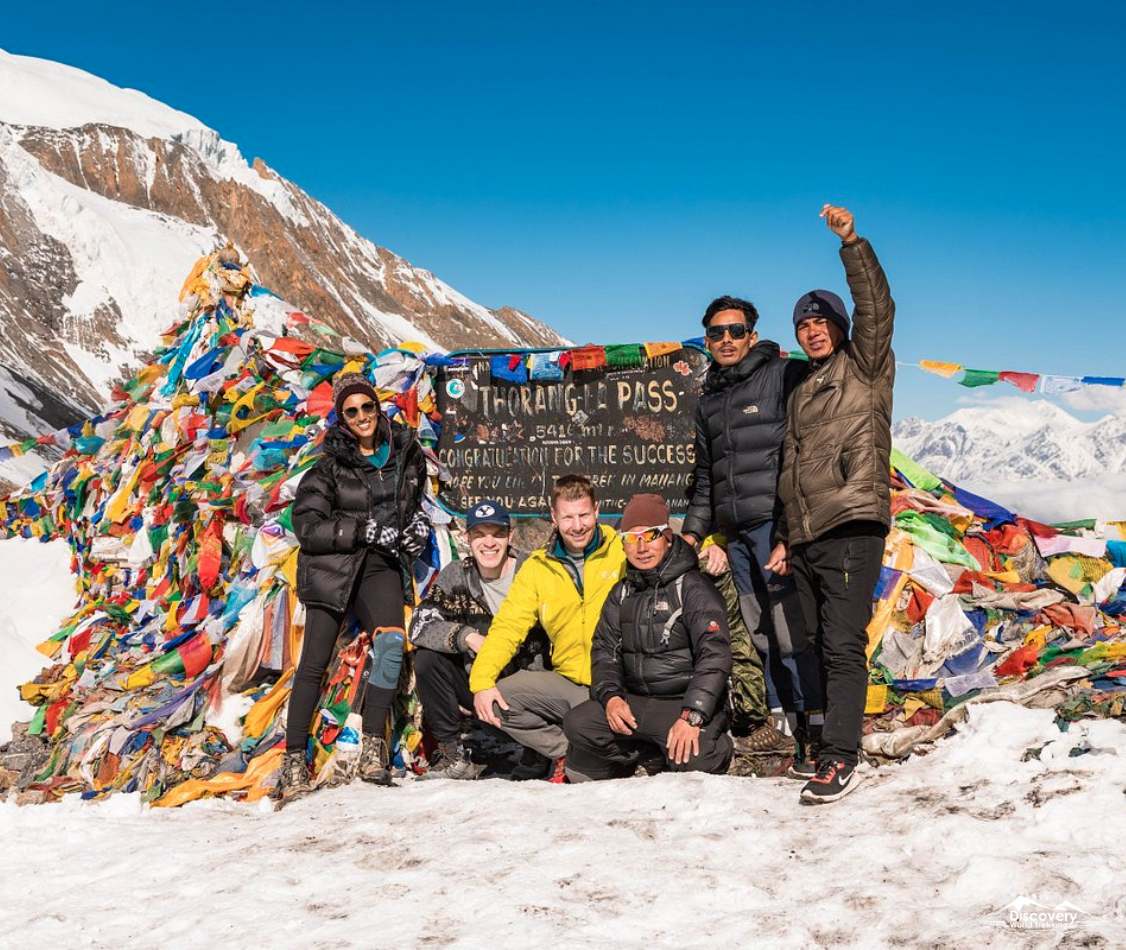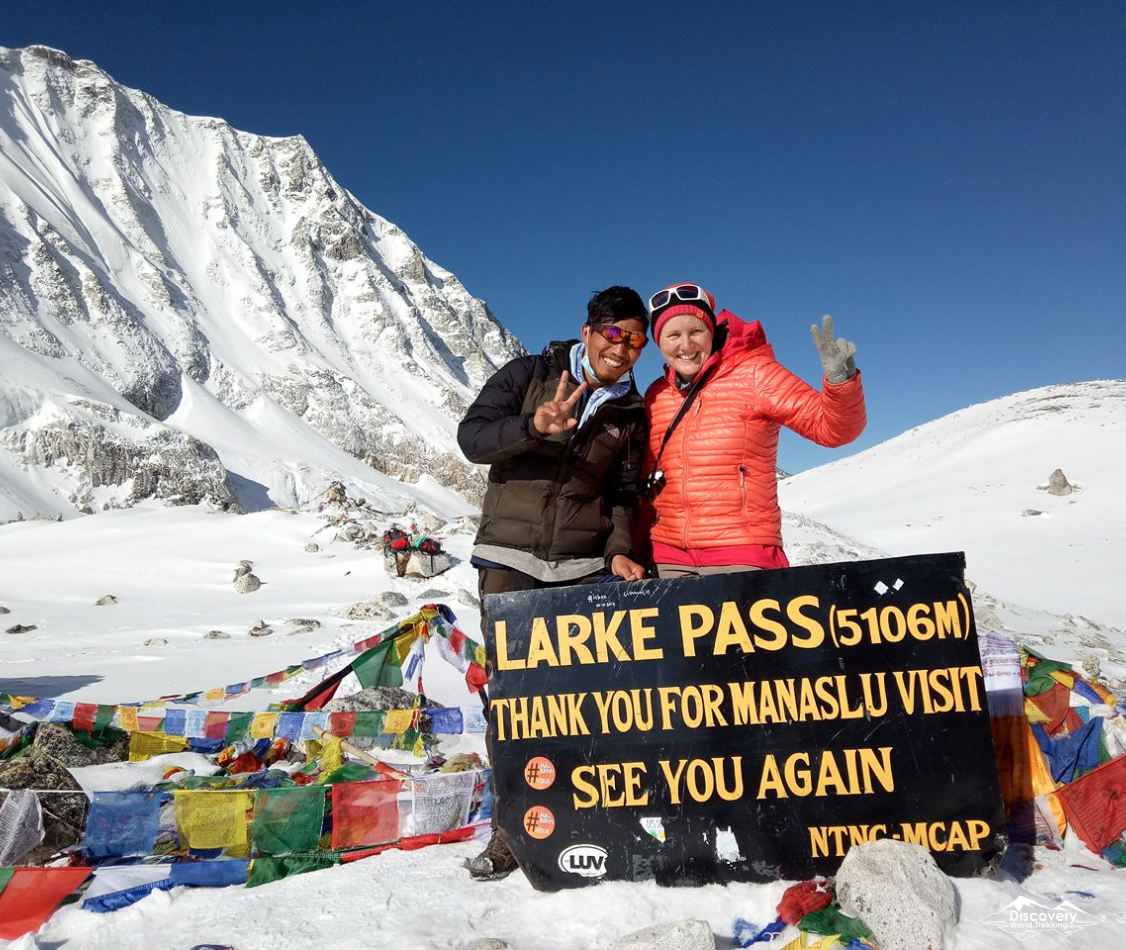The most thrilling mountain passes in Nepal
Nepal is a trekker's paradise with a spectacularly diverse geography. There are at least 866 named mountains in Nepal. The most popular among them is Mount Everest (8,848m), the highest mountain in the world. Moreover, there are eight of the ten world's highest mountains in Nepal.
Mountain ranges are formidable geographic landmarks that hinder transportation, and the passes are the breaks or gaps between mountains that allow navigable paths between these mountains.
Most passes have flat summits, and these passes are formed due to glacial or water erosion. As these navigable routes are the only ways to move across the mountains, passes provide a vital path that directly affects migrations, trade, settlements, and even the course of wars.
These days mountain passes not only facilitate treks that encompass several mountain ranges but also provide great vantage points from where you can savor the fantastic views.
Here are some of the most thrilling mountain passes in Nepal.
1. Everest Region Passes
There are several passes in the Khumbu region, where Mount Everest lies. The three most popular among these passes are Renjo La Pass, Cho La Pass, and Kongma La Pass. If you want to experience these three passes, consider booking Everest Three High Passes Trek.
i. Renjo La Pass
Renjo La Pass, at 5,360m, is the westernmost pass among the famous Everest three passes and perhaps the easiest due to less snow and almost no glaciers. This pass connects Lumde Village with Gokyo Valley, and from the top, you can see Everest (8,848m), Lhotse (8,516m), Makalu (8,481m), Cho Oyu (8,201m), Rolwaling Himal (7,181m), among other mountains.
ii. Cho La Pass
Cho La Pass (5,420m) is the middle pass among the three passes, in the Everest region. It joins Dzongla Village in the east to Thagnak Village in the west and lies between Lobuche (6,119m) and Cholatse (6,440m) mountains. As the closest pass from Everest, trekkers from the Gokyo Lake region trekking to Everest Base Camp cross this pass frequently.

The pass is considered technical with rocky and snowy paths, and you might need gears like crampons to cross this pass. From the top of this pass, you can enjoy views of some of the tallest mountains, including Everest (8,848m), Lhotse (8,516m), Cho Oyu (8,201m), Ama Dablam (6,812m), and Nirekha Peak (6,151m).
If you want to cross Renjo La Pass and Cho La Pass, you can book the Everest High Passes Trek with us.
iii. Kongma La Pass
This pass is the most eastern pass among the three passes in the Everest region, and it is also the highest pass, with an altitude of 5,535m. Kongma La Pass joins Lobuche Vilage in the west to Chhukung Village in the east.
This pass is slightly slippery due to heavy ice and snow. Most people cross this pass from west to east after returning from the Everest Base Camp. From the top of this pass, you can get fabulous views of Everest (8,848m), Lhotse (8,516m), Makalu (8,481m), Nuptse (7,861m), Ama Dablam (6,812m), and Thamserku (6,623m).
2. Annapurna Region Passes
Annapurna region treks are some of the world's most famous due to their geographical, ethnic, and climatic diversity. Two of the most famous passes in this region are Thorong La Pass and Kang La Pass.
i. Thorong La Pass
Thorong (Thorung) La Pass, with an elevation of 5,416 meters, is a popular pass in the Annapurna region in central Nepal. It lies in the Damodar Himal mountain range, and Khatung Kang and Yakawa mountains form this high pass, just north of Annapurna mountain.
This pass connects Manang Village in Manang District with Muktinath temple in Mustang District and is the highest pass in the famous Annapurna Circuit, recognized as one of the best long treks in the world. This pass also separates two river valleys - Marsyangdhi and Kali Gandaki.

From the top of the pass you can see stunning views of Annapurna (I-IV), Dhaulagiri (8,167m), Manaslu (8,156m), Gangapurna (7,455m), Langtang Lirung (7,234m) and Machhapuchhre (6,993m).
Trekkers cross Thorong La Pass from the east to the west for ease, safety, and convenience. The trek is quite challenging, so most trekkers spend a night at Thorong Phedi and hike across the Thorong La Pass early in the morning to avoid afternoon wind.
To enjoy Thorong La Pass, you can join our Annapurna Circuit Trek.
ii. Kang La Pass
As another Pass in the Annapurna region, Kang La Pass (5,306m) joins Nar Phu Valley, in the north, to Manang in the Annapurna Circuit. You must cross this high pass to enter Nar Phu Valley. It is Nepal's one of the most untouched and remote regions.
From the top of this pass, you can see Manaslu (8,156m), Annapurna III (7,555m), Gangapurna (7,455m), Tilicho (7,134m), and Himlung (7,126m). This region was only recently opened to trekking in 2,003 AD and still requires a special trek permit. Trekkers also cross Kang La Pass from the east to the west, and this pass joins two villages, Naar and Ngwala.
To experience Kang La Pass, you can book a Nar Phu Valley Trek with us.
3. Manaslu Region Pass
Manaslu Circuit treks circle the world's eighth highest peak - Manaslu (8,156m/26,758ft). As you circle Manaslu, you will pass through Larkya La Pass.
Larkya La Pass
Larkya La Pass, at 5,135m, forms the highest point in the Manaslu Circuit trek. In addition, it is one of the longest passes in the Nepali Himalayas. The pass itself is pretty challenging due to the rocky train and unpredictable weather.

This pass joins Dharmashala in the east to the Bhimgtang in the west, and trekkers often cross it from the east to the west. From the top of the pass, you can enjoy the views of Manaslu (8,156m), Ratna Chuli (7,128m), Larkya Peak (6,249m), and many other beautiful peaks.
If you want to get on top of Larkya La Pass, you can opt for Manaslu Circuit Trek.
4. Langtang Region Pass
Langtang region lies just fifty kilometers away from Kathmandu and is known for Langtang National Park. The climate ranges from sub-tropical to alpine, and Langtang National Park is famous for the holy Gosainkunda lake. One of the popular passes in this region is Lauribinayak La Pass.
Lauribinayak La Pass
Lauribinayak La Pass, at 4,610m, is the easiest among other passes, and this pass joins Gosainkunda with Ghopte. Most trekkers cross Lauribinayak La Pass from west to east while on the Gosainkunda Lake trek. This pass also forms the highest point in the Gosainkunda Lake trek, and by crossing this pass from the Langtang region, you will be entering the Helambu region.
From the top of the Lauribinayak La Pass, you can see Langtang Lirung (7,234m), Manaslu (8,156m), Himal Chuli (7,893m), Ganesh Himal (7,422m), Dorje Lakpa (6,966m), and Gosainkunda (4,360m).
If you want to cross this relatively easy pass, you can participate in the Langtang Gosainkunda Trek.
Conclusion
Mountain passes make trekking much more challenging while providing exceptional views. High passes also help you understand the importance of these passes and the contrast of lifestyles of people living on the opposite ends. Conquering these passes is physically demanding, but the views and overall experiences are certainly worth it. Once you reach on top of these passes, you will discover what you were missing in your life, and hopefully, this will be a life-changing experience.
If you are looking for trek advice or any trek queries, call/Viber/WhatsApp at 977-9840055491 or email i[email protected].